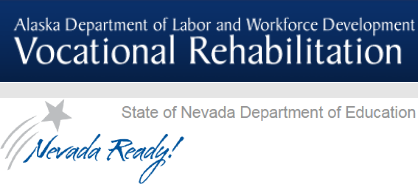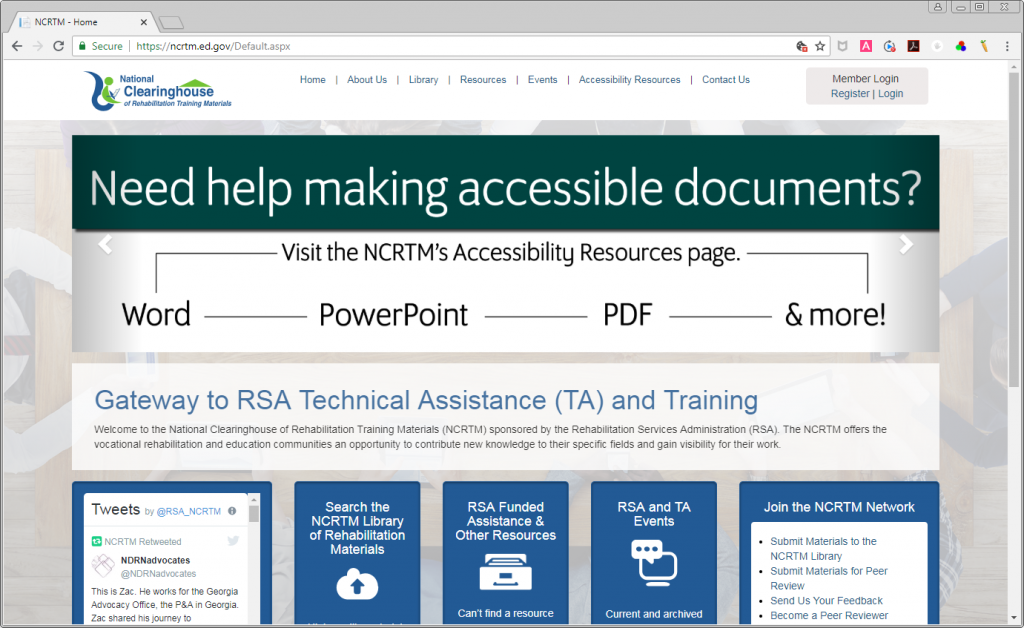This article is cross-posted on the:
Today, July 1, 2015, marks the day that many of the provisions of the Workforce Innovation and Opportunity Act (WIOA) take effect. This new law has the potential to make a tremendous difference for tens of millions of workers, jobseekers and students across this country. WIOA’s transformation of our publicly-funded workforce system means that all of us—federal and state partners, governments, non-profits and educational and training institutions, must be pressing for innovations to ensure:
- the needs of business and workers drive our workforce solutions
- one-stop centers, also known as American Job Centers (AJCs) provide excellent customer service to both jobseekers and employers and focus on continuous improvement; and
- the workforce system supports strong regional economies and plays an active role in community and economic development.
July 1st is about “opportunity.” It’s about implementing strategies to help workers and jobseekers achieve their full potential. Through our AJCs and other service locations, the public workforce system will meet people where they are, whether they’re young adults just starting out, or experienced workers whose need to retool their skills to succeed, whether they are a person with a disability or someone who faces other barriers to a job. Our aligned services need to help each of them build a meaningful career and achieve economic independence.
Now is the time for action among all workforce partners. It is truly a new day for the American workforce system.
Some states and local areas are already hard at work implementing the law and laying the groundwork for big changes and big ideas. Some have formed new partnerships and are creatively aligning workforce resources. Others are redesigning customer service strategies at the nearly 2,500 local AJCs.
But we still have much work to do to realize the full vision of WIOA.
Where We’ve Been and Where We’re Going
Through town halls and virtual stakeholder events, we listened to you. The U.S. Departments of Education and Labor, in consultation with the U.S. Department of Health and Human Services, incorporated your feedback into proposed regulations and will continue to do so as we review comments and develop final regulations. We have released early Operational Guidance and technical assistance tools, including a set of Quick Start Action Planners, to help you assess your readiness to implement WIOA and identify areas of strength and focused areas for improvement. And we will continue to issue program guidance throughout the year to operationalize WIOA.
Now that most of WIOA is in effect, we will continue to support the public workforce system as state and local officials transform their systems. Here are the steps we’ll be taking this year to implement WIOA and provide assistance for states and local areas across the country:
- Providing states opportunities and information to develop State Implementation Teams that will allow workforce system programs to share specific challenges, conduct in-person planning, and connect more directly to the right resources.
- Rolling out the Innovation Opportunity Network (ION) (workforce3one.org), an online learning and teaching community which is a partnership of programs and services, designed to help all levels of workforce development professionals, stakeholders, and partners connect with peers throughout the public workforce system who are working to implement WIOA. ION will provide training and technical assistance, focused on themes the partners have identified as a priority: change management, strategic boards, regionalism, customer-centered service delivery, talent development strategies, system alignment and other topics. Tools include an Act Now webinar series, Voices of Experience videos and podcasts, a community of practice site, virtual events related to WIOA operating guidance. Get engaged by visiting ion.workforce3one.org
Our work has never been more important, and we want to make sure every partner and every region has what you need to succeed. We look forward to working with you to realize the vision of WIOA!
WIOA Updates and Resources
For WIOA updates and resources, please visit OSERS’ WIOA Web page.
Additional information can be found on the Office of Career, Technical and Adult Education’s (OCTAE) WIOA Web site and the Department of Labor’s WIOA Web site.
Contributing Authors:
- Portia Wu, Assistant Secretary of Labor for Employment and Training, U.S. Department of Labor
- Johan Uvin, Acting Assistant Secretary for Career, Technical, and Adult Education at the U.S. Department of Education
- Michael Yudin, Assistant Secretary for Special Education and Rehabilitative Services, U.S. Department of Education
- Janet LaBreck, Commissioner of the Rehabilitation Services Administration, U.S. Department of Education
- Mark Greenberg, Acting Assistant Secretary for the Administration of Children and Families, U.S. Department of Health and Human Services






